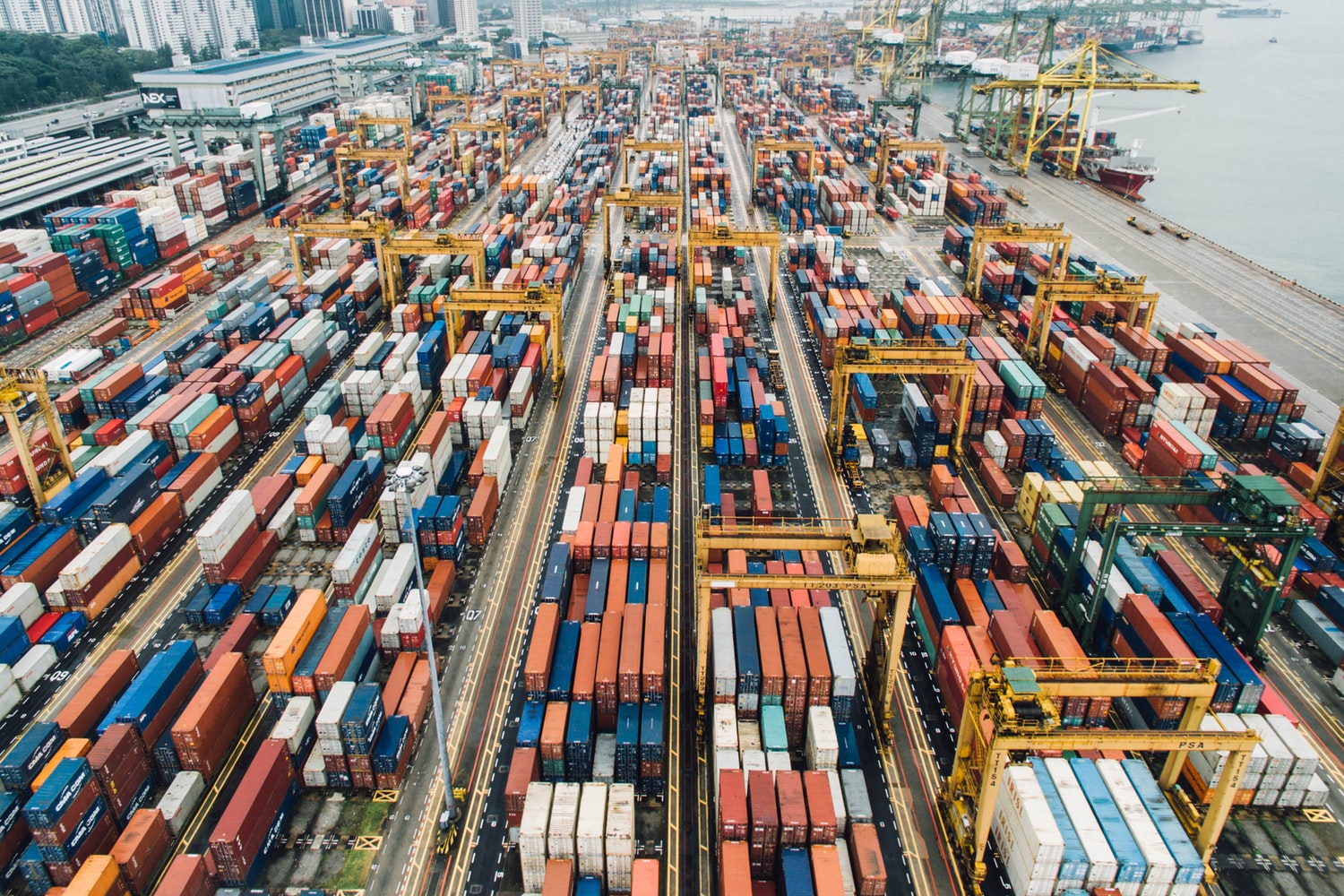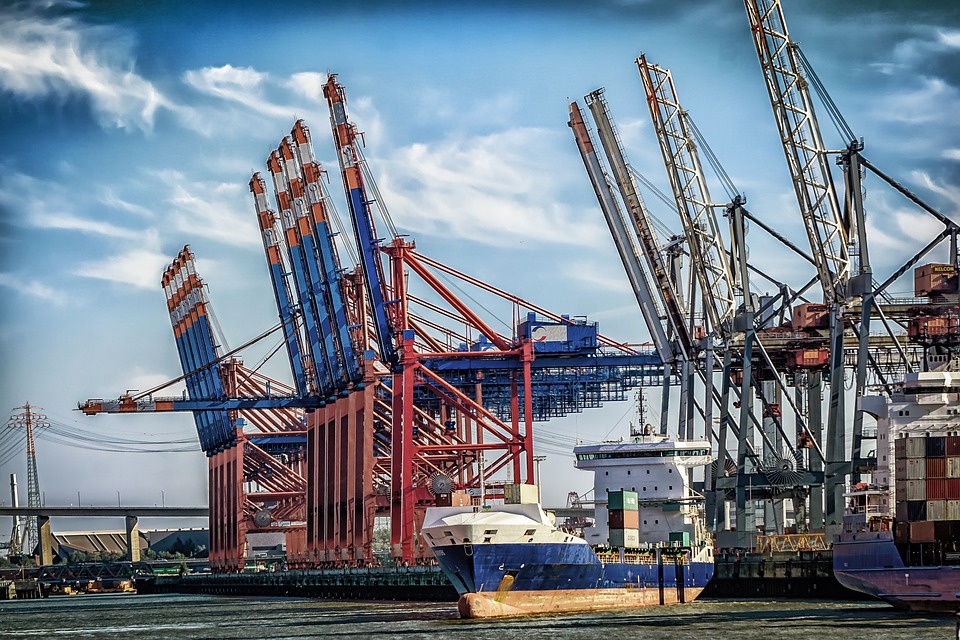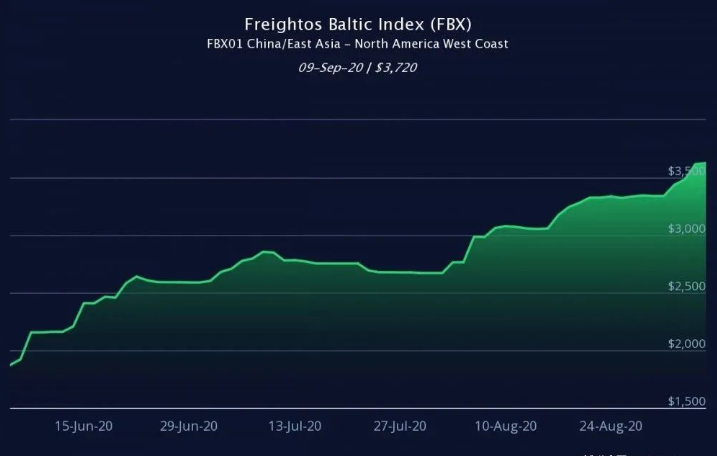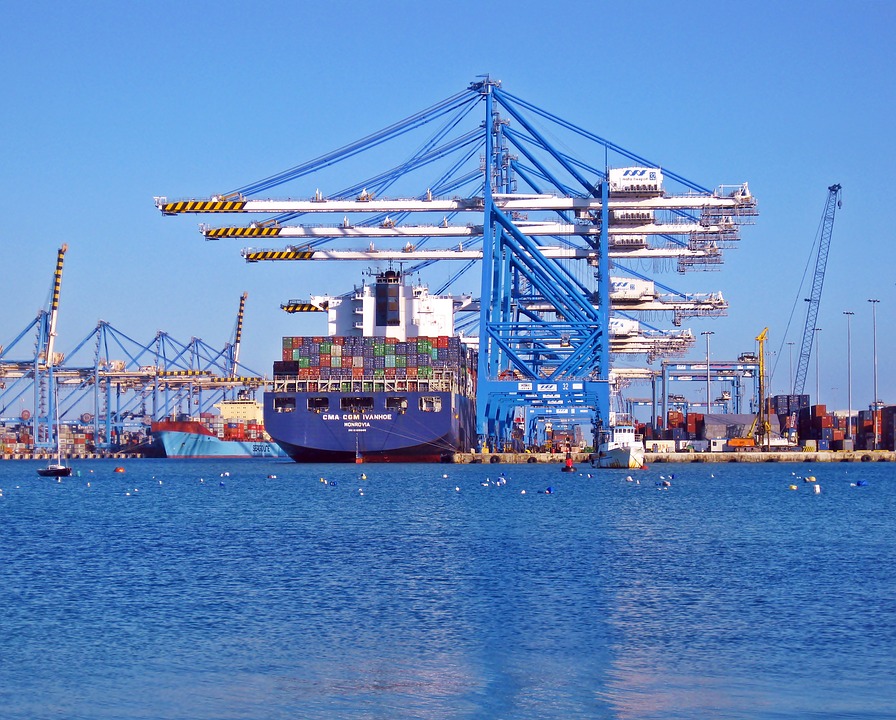The Ministry of Transport will impose strong supervision on China-US routes
- Author:Esther
- Source:souhangwang
- Release Date:2020-09-22
According to the report, sources close to the interview revealed that the Ministry of Transport will implement strong supervision on Sino-US routes and require the implementation of the standardization of freight rates. The capacity, routes and schedules must be filed. The shipping company designated freight and all additional charges To be standardized and reasonable, it needs to be filed for detailed explanation.




Recently, many media reports have analyzed the situation of rising shipping prices between China and the United States. Container shipping prices continue to climb.

The latest updated data from FREIGHTOS BALTIC INDEX shows that container freight rates on China-US routes continue to rise. The latest data shows that the China-US West Coast container freight rate has continued to rise by 8% compared with last week, and it has increased by 146% compared with the same period last year, reaching $3,720/FEU, reaching a 2-year high. The freight rate of the China-US East route rose 9% from last week to $4,482/FEU, which was 51% higher than the same period last year.
Freightos reported that the demand for seaborne exports from China still exceeds the supply of capacity and has pushed freight rates to multi-year highs in the United States. Although some airlines eventually cancelled the low-sulfur fuel surcharges introduced at the beginning of this year, the discounts may not be visible at all as prices continue to climb during peak periods.
In addition, the surge in freight volume is leading to a shortage of equipment in Asia, and some shippers have paid additional fees on top of the soaring prices to ensure containers and space. This imbalance has also put pressure on already overwhelmed US ports and importers, requiring them to quickly handle and return empty containers.

According to data from the Shanghai Shipping Exchange last week, China's export container shipping market is generally improving, with freight rates on most routes rising, driving the composite index to rise. On September 11, the Shanghai Export Containerized Freight Index (SCFI) released by the Shanghai Shipping Exchange was 1355.04 points, an increase of 2.6% from the previous period.
The Ningbo Export Container Freight Index (NCFI), published by the Ningbo Shipping Exchange, closed at 1224.3 points last week, up 14.3% from last week. Among the 21 route indexes, 20 routes rose and 1 route fell. Among the major ports along the "Maritime Silk Road", the freight rate of 16 ports increased and the freight rate of 1 port decreased.

Demand visibility is the key
What enlightenment does this wave of market conditions have for us? First of all, this crisis proved that shipping companies can now prevent freight rates from collapsing through capacity management. Their newly acquired pricing power means that regardless of market conditions, container freight rates have a bottom, and shippers may need to get used to this fact. Unlike shipbuilding, containers are relatively flexible.
What enlightenment does this wave of market conditions have for us? First of all, this crisis proved that shipping companies can now prevent freight rates from collapsing through capacity management. Their newly acquired pricing power means that regardless of market conditions, container freight rates have a bottom, and shippers may need to get used to this fact. Unlike shipbuilding, containers are relatively flexible.
Second: The extreme increase in freight rates in June, the subsequent cargo backlog and ship delays, and the relatively slow decision to restore capacity are all due to poor visibility of demand data (and some regional lag times. The lag cannot actually be eliminated from the shipping industry that uses 24,000 TEU ultra-large container ships). This directly affected the speed of the soaring freight rate, and possibly its scale.

In general, the trans-Pacific freight rate continued to maintain an upward trend last week, setting a record high. Alphaliner said that the current revenue per nautical mile of the 40-foot container in the Asia-US West Coast trade is three times that of the Asia-Europe route. In the case of a short voyage, the shipping company needs fewer resources (ships and equipment). The traditional Far East-Northern Europe route requires the deployment of about 12 ships, but now 6 ships are enough to cross the Pacific Southwest Loop.
Industry sources pointed out that there may not be any more growth before the end of the month, and shipping companies are expected to lower their rates after November. Shipping companies will take advantage of this period to maintain profitability in order to cope with the subsequent off-season. But still cautious about the market. However, how long the current high rate will last depends on the ability of shipping companies to absorb the sluggish demand around China's Golden Week.
